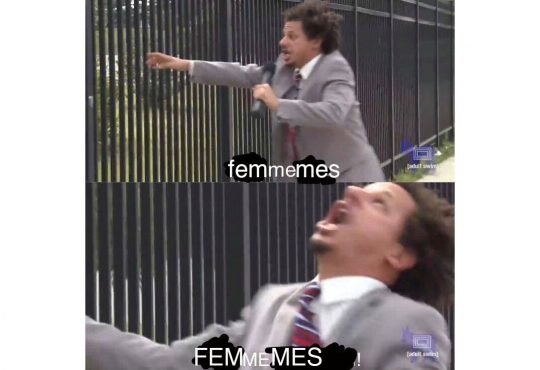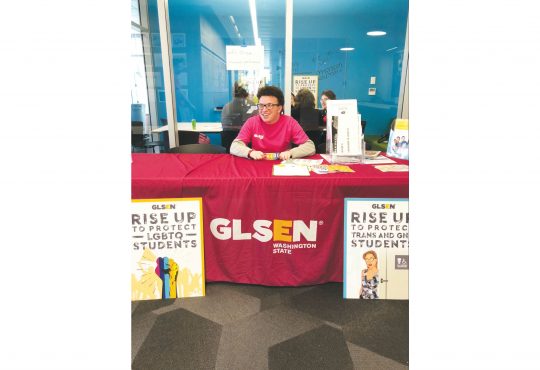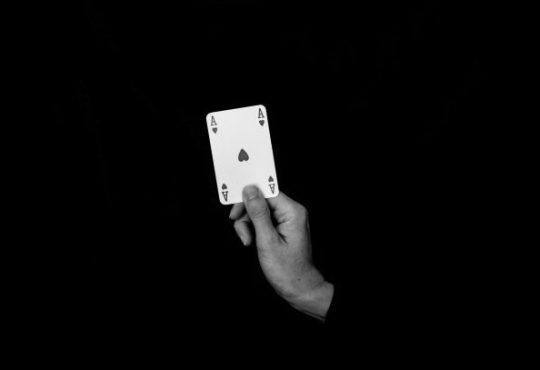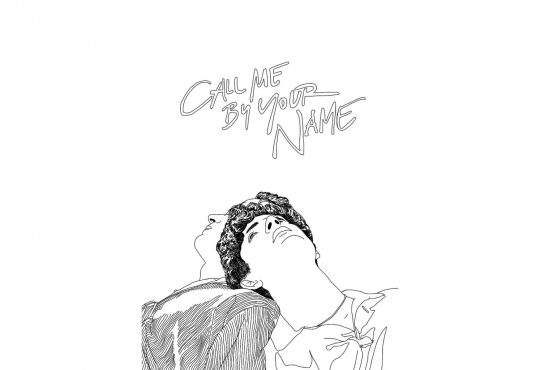It has been argued that we are entering into an era of greater visibility and tolerance of other sexualities and gender identifications. While we as a society have made great leaps and strides in our acceptance of the LGBTQ community in the last 50 years or so, we still have a ways to go in the ways in which we perceive the different manifestations of sexuality in our culture.
One such manifestation is called asexuality – something that we do not talk about very often, or many of us many not even know exists in the first place.
According to the Asexuality Visibility and Education Network (AVEN), a person who identifies as asexual can be defined as “someone who does not experience sexual attraction.” This definition is deceptively simple, and begs the question: how is asexuality different from celibacy?
For one, AVEN considers celibacy a choice, and asexuality an experience that occurs involuntarily. Some who are asexual may not experience sexual arousal their entire lives while others only experience it alone. Regardless of their history with sexual arousal, those who are asexual rarely if ever feel a need to pursue their attractions physically.
A minority of those who identify as asexual may be having feelings of asexuality during a transition period when they are in the process of figuring out their sexual orientation.
For example, a person who is unsure how they identify their sexual orientation may experience a confusing lack of sexual arousal when they seek companionship with a gender or partner that does not suit their unknown preferences.
Regardless of how this absence of sexual feelings comes about, AVEN places emphasis on the idea that anyone can use the term “asexual” to define themselves if they feel that it is an accurate representation of their sexuality, or lack thereof.
Many of those who identify as asexual experience discrimination from others when they come out of the closet, so to speak, because others may think that they have been abused, cannot experience love, or are simply going through a phase.
This often causes those who identify as asexual to hide their sexuality in order to gain societal acceptance.
One of the biggest fears of family members of those who identify as asexual is that their family member may not be able to experience romantic relationships in their lifetime. The truth of the matter is that this possibility is real for anyone regardless of their sexual orientation, and those who are asexual neither desire sexual relationships nor need them to develop close romantic bonds with others.
In some cases, asexual people choose to marry in order to maintain a lifelong emotional connection with another person.
Occasionally, an asexual person will enter into a relationship with someone who is sexual. In these relationships the couple can decide not to have sex at all, have sex under certain circumstances, or participate in pseudo-sexual activities in order to reach a compromise between their differing levels of sexual desire.
In any case, regardless of the agreed-upon arrangement, any and all participants in the relationship do best when communication is open and everyone’s needs and desires are addressed.
The Happy Trail is a section that oftentimes deals with issues that arise within the realm of sexual desire. While many of us on this campus identify as “sexuals,” whether it be heterosexuals, homosexuals, bisexuals, pansexuals, etc., it is important to recognize that a lack of sexual attraction is something that is as static and at the same time as fluid as all forms of sexuality and should be treated with the same amount of tolerance and respect.
Regardless of your orientation, if you have feelings of confusion about where you stand on the spectrum, there are people at CHWS who can help you work through these issues of identity.






